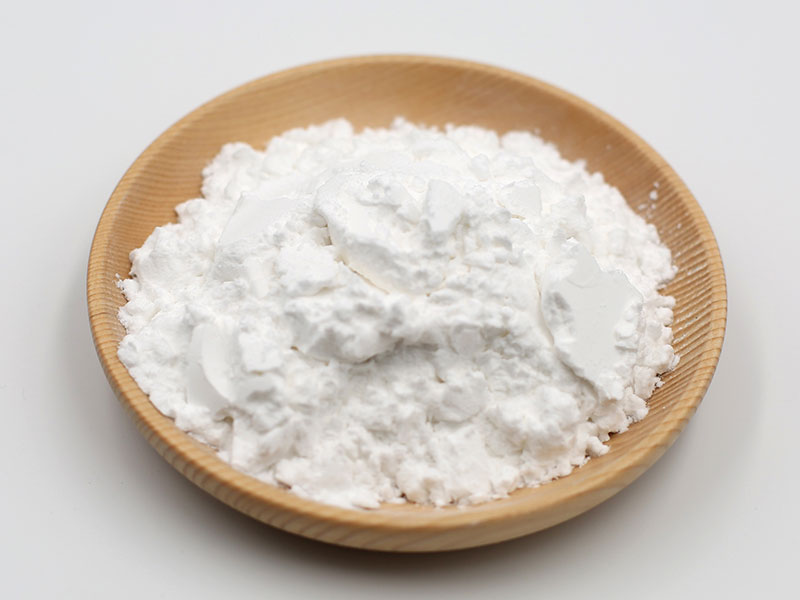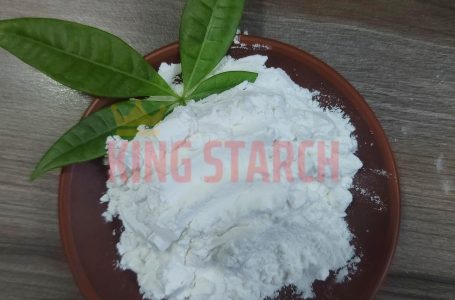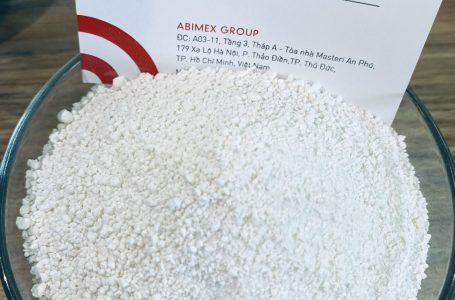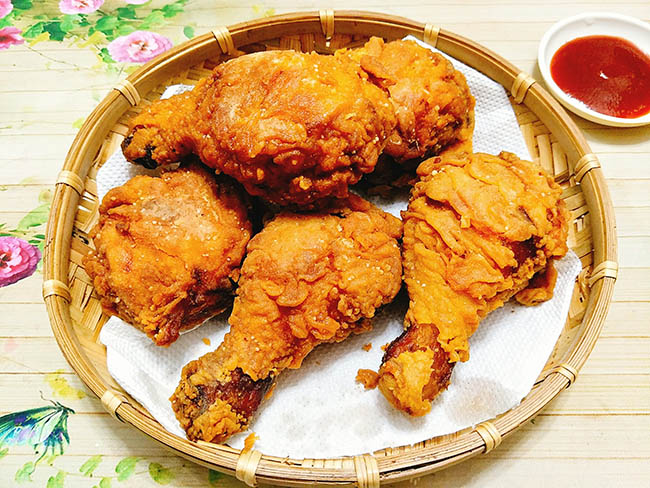
Organic tapioca starch is made from the roots of an organically grown cassava plant. It is widely utilized as a thickener for sauces, puddings, soups, and stews. It’s also used as a flour for baking gluten-free goods. What’s great about using organic tapioca starch is that it’s allergy-friendly. In this article, we will discuss the things you need to know about organic tapioca starch.
GLUTEN-FREE
A lot of people are inclined to using organic tapioca starch because it’s gluten and wheat-free. This makes it the perfect option for people who have gluten intolerance but still want baked goods or add thickeners to their gravies, soups, and other recipes.
NON-GMO
The U.S. Department of Agriculture’s (USDA’s) National Organic Program (NOP) regulations prohibit the use of “excluded methods” during the production or handling of any organic product. Excluded methods are defined in the regulation as “a variety of methods used to genetically modify organisms or influence their growth and development by means that are not possible under natural conditions or processes, and are not considered compatible with organic production.” (7 CFR 205.1)
Non-GMO starch may no be organic but Organic starch must be absolutely 100% Non-GMO
NEUTRAL TASTE
What’s great about using organic tapioca starch is that it has a bland taste. You can use it for both salty and sweet dishes without a problem. This makes it suitable for various recipes, baking pies, and making flatbreads and snacks. Also, when you use organic tapioca starch, it doesn’t affect the color, texture, and taste of the dish you’re making.
NO PROTEIN
If you’re trying to cut out your protein intake, then choosing products that are made from organic tapioca starch is a great choice. Other types of flour or starches contain protein, like wheat flour, for example. It contains 16 g of protein per 120 g of serving.
WIDE VARIETY OF COOKING USES
Tapioca starch is compatible with some recipes. Many people use it to thicken soups, puddings, gravies. They also use it to make chips and wafers. Some use it as flour to create thick, chewy, gluten-free baked goods. But keep in mind that tapioca starch is only good for baking soft, chewy baked goods, not for hard, crunchy cookies.




